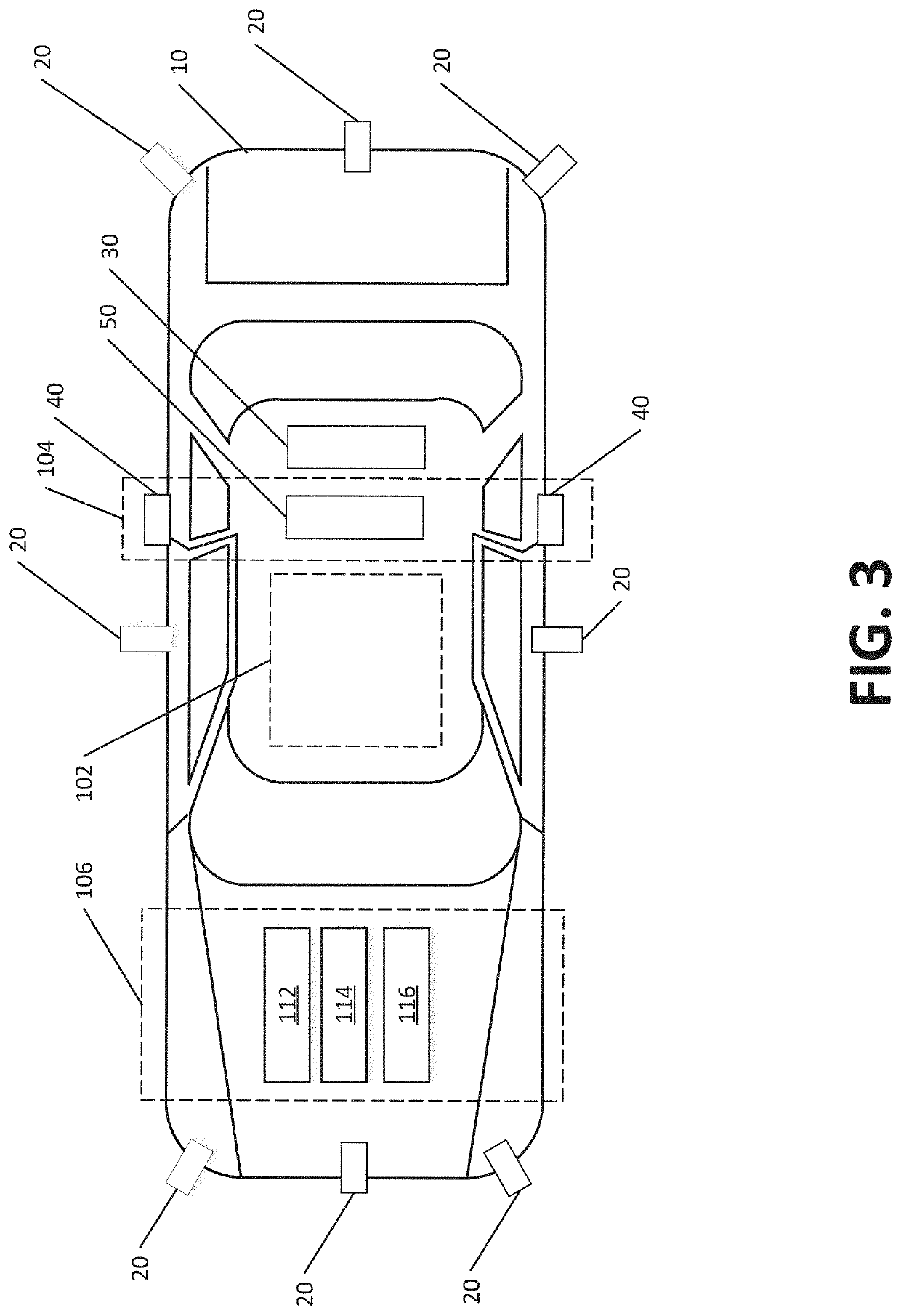Automated lane change system and methods
a technology of automatic lane change and automatic lane change, applied in the direction of vehicle position/course/altitude control, process and machine control, instruments, etc., can solve the problems of human drivers causing approximately 10% of accidents, lane changes are not simple procedures, and fully or semi-autonomous vehicles run various risks in navigating complex and dynamic traffic situations
- Summary
- Abstract
- Description
- Claims
- Application Information
AI Technical Summary
Benefits of technology
Problems solved by technology
Method used
Image
Examples
Embodiment Construction
[0019]The following disclosure describes systems and related methods and algorithms for executing an automated lane change procedure. Various approaches have been used to compute a lane change trajectory for a vehicle undergoing an automated lane change procedure. These previous approaches suffer from various limitations that prevent them from being safe and / or useful in an operational vehicle. In some previous approaches a lane change trajectory is computed but fails to take into account environmental changes (e.g., moving traffic or vehicles or other obstacles) during the course of the execution of the lane change procedure. Other approaches estimate the final positions of adjacent vehicles and other objects after the lane change procedure is complete but fail to take into account changes in the speeds or positions of objects surrounding the vehicle during the lane change procedure.
[0020]Still other approaches ignore or fail to account for certain aspects of the lane change proced...
PUM
 Login to View More
Login to View More Abstract
Description
Claims
Application Information
 Login to View More
Login to View More - R&D
- Intellectual Property
- Life Sciences
- Materials
- Tech Scout
- Unparalleled Data Quality
- Higher Quality Content
- 60% Fewer Hallucinations
Browse by: Latest US Patents, China's latest patents, Technical Efficacy Thesaurus, Application Domain, Technology Topic, Popular Technical Reports.
© 2025 PatSnap. All rights reserved.Legal|Privacy policy|Modern Slavery Act Transparency Statement|Sitemap|About US| Contact US: help@patsnap.com



